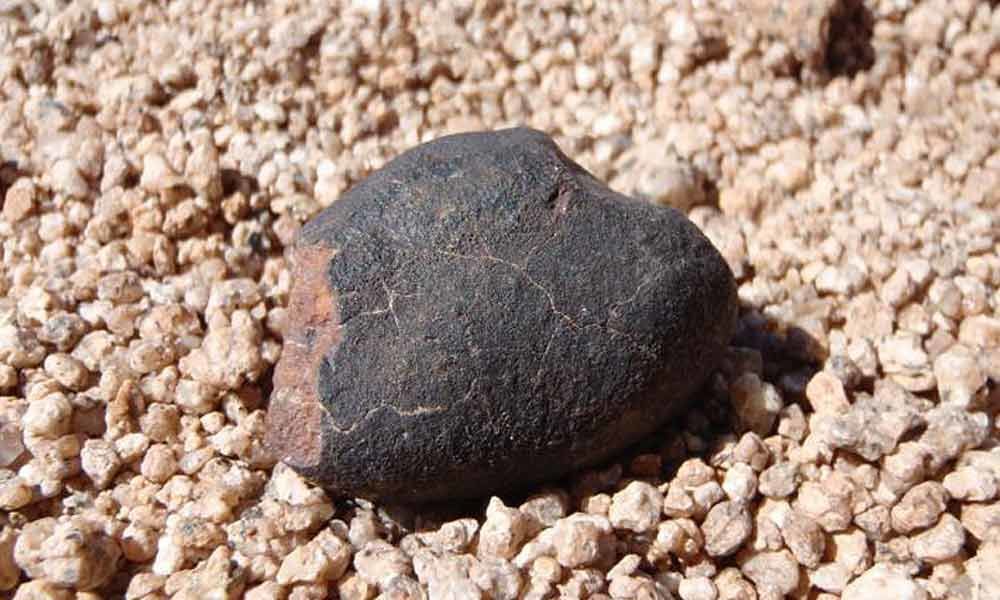Oldest meteorite collection on Earth discovered in Chile

Scientists say they have uncovered the oldest meteorite collection on Earth's surface in Chile's Atacama Desert, allowing them to reconstruct the rate of falling meteorites over the past two million years.
London: Scientists say they have uncovered the oldest meteorite collection on Earth's surface in Chile's Atacama Desert, allowing them to reconstruct the rate of falling meteorites over the past two million years.
Earth is bombarded every year by rocky debris, but the rate of incoming meteorites can change over time. "Our purpose in this work was to see how the meteorite flux to Earth changed over large timescales -- millions of years, consistent with astronomical phenomena," said Alexis Drouard, from Aix-Marseille University in France. To recover a meteorite record for millions of years, the researchers headed to the Atacama Desert.
"While Antarctica and hot deserts both host a large percentage of meteorites on Earth (about 64 per cent and 30 per cent, respectively)," said Drouard, lead author of the research published in the journal Geology. "Meteorites found in hot deserts or Antarctica are rarely older than half a million years," he said. Drouard said that meteorites naturally disappear because of weathering processes like erosion by wind, but because these locations themselves are young, the meteorites found on the surface are also young. "The Atacama Desert in Chile is very old (over 10 million years).
It also hosts the densest collection of meteorites in the world," said Drouard. The team collected 388 meteorites and focused on 54 stony samples from the El Medano area in the Atacama Desert. Using cosmogenic age dating, they found that the mean age was 710,000 years old. In addition, 30 per cent of the samples were older than one million years, and two samples were older than two million. All 54 meteorites were ordinary chondrites, or stony meteorites that contain grainy minerals, but spanned three different types.
The researchers note that this is the oldest meteorite collection on Earth's surface. Drouard said this terrestrial crop of meteorites in the Atacama can foster more research on studying meteorite fluxes over large time scales. "We found that the meteorite flux seems to have remained constant over this (two-million-year) period in numbers (222 meteorites larger than 10 grammes per square kilometre per million year), but not in composition," he said. Drouard said the team plans to expand their work, measuring more samples and narrowing in on how much time the meteorites spent in space. "This will tell us about the journey of these meteorites from their parent body to Earth's surface," he said.




















